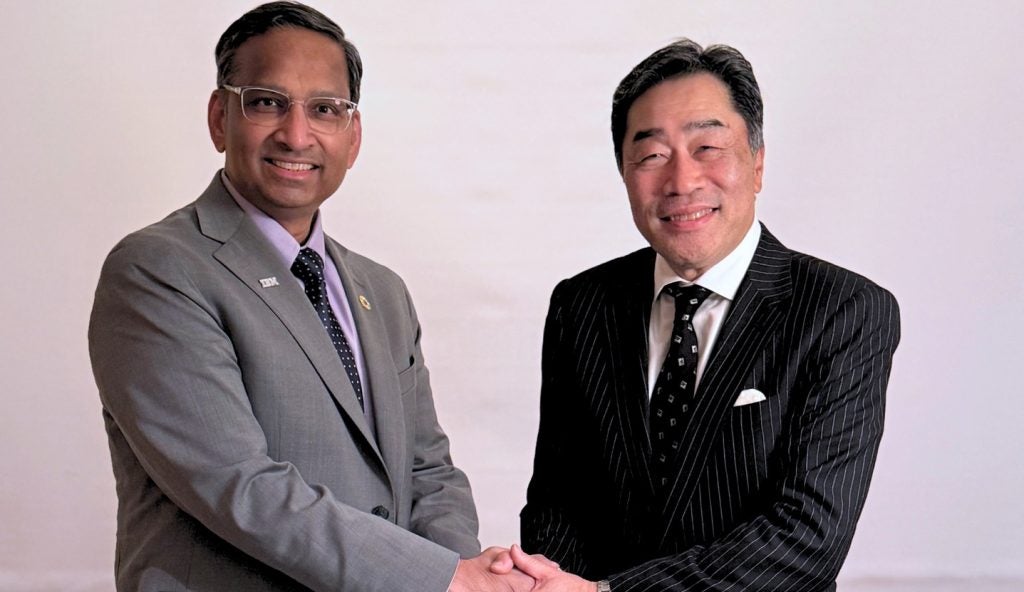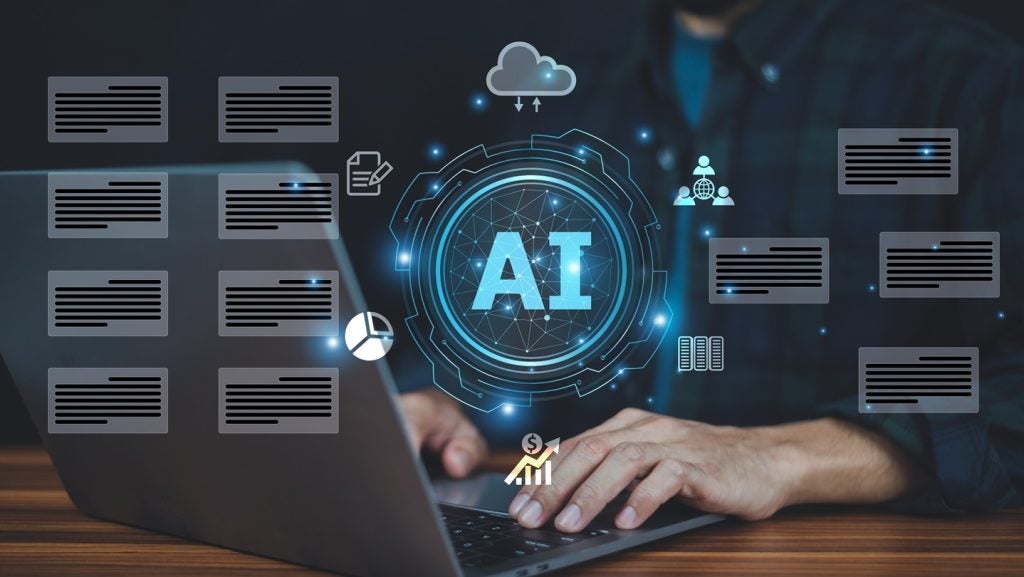The rapid evolution of enterprise Internet of Things (IoT) technology has led to fascinating use cases that truly justify the term digital transformation, while simultaneously creating privacy quandaries that will challenge society for years to come.
Just how fast is the IoT evolution? In a mere 24-36 months, the world’s largest enterprises have gone from pondering the possibilities to piloting deployments that revolutionise business processes by leveraging sensor data, machine learning, analytics, and custom applications to create faster, better business outcomes.
The technology making these advanced deployments possible is called converged edge IoT systems, in which vendors such as HPE deliver a fusion appliance that combines the networking and compute power of contemporary information technology (IT) with the control and data acquisition capabilities of operational technology (OT), such as the PLCs that run most of the world’s energy facilities and manufacturing centres.
By deploying converged edge systems that deliver resources directly to the myriad locations where IoT devices live, enterprises can get transformational IoT projects off the ground without requiring wholesale changes to existing IoT deployments or using cloud-based resources that OT teams often reject.
Some early deployment examples, however, raise questions about risks to individual privacy.
IoT evolution and privacy concerns
For one, shopping malls and parking garages are pursuing IoT deployments that use sensors to locate vehicles and identify empty parking spaces in order to improve traffic flow and direct drivers to and from their locations more efficiently.
Yet increased computing power and innovative applications are expected to soon make it possible to identify specific vehicles, how often they visit, where they park, and when they come and go. Combining this data into profiles based on the owners of the vehicles may suddenly create revealing snapshots of individuals’ travel and retail habits.
Emerging use cases for IoT and video are even more concerning. Retailers have been piloting systems that identify shoppers when they enter a store by sensing their mobile devices. Advancements are allowing retailers to use security camera footage to capture shoppers’ faces and identify individuals in real time.
From here, retailers can identify a shopper’s age, gender, ethnicity and other visual attributes; track their movements, actions and sentiments throughout the store; and create and compile shopping profiles based on this and other data.
In another innovative use case, artificial intelligence-assisted video-monitoring software can simultaneously process footage from dozens of security cameras and identify abnormal and potentially criminal or dangerous situations, including theft or violence.
Using the technology, one university in Australia has been able to thwart a variety of criminal events from bike theft to assault during if not before the crimes occur.
Yet the privacy questions emerging from these advanced IoT deployments shouldn’t be ignored.
Should a driver be given the opportunity to opt out of having his or her vehicle tracked and monitored? Will an anonymous visit to the pharmacy soon become impossible? How often might an overzealous analytics engine mistake a couple walking arm-in-arm for a domestic abuse scenario?
A dialogue must begin
The answers to these and many other similar questions are unclear. But public dialogue must begin now in order to lay the groundwork for thoughtful ethical guidelines, so that digital transformation does not come at the cost of individual privacy.
As today’s cutting-edge IoT deployments become more common, it will be increasingly critical for vendors, governments and individuals to consider not only IoT’s tremendous potential, but also its potential consequences for privacy in a rapidly evolving world.







